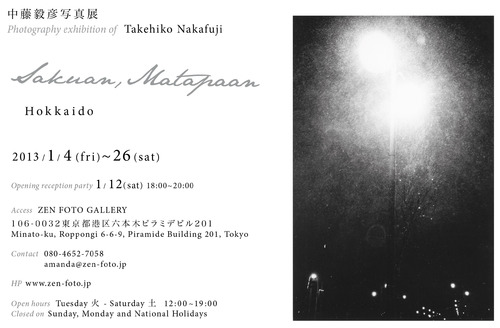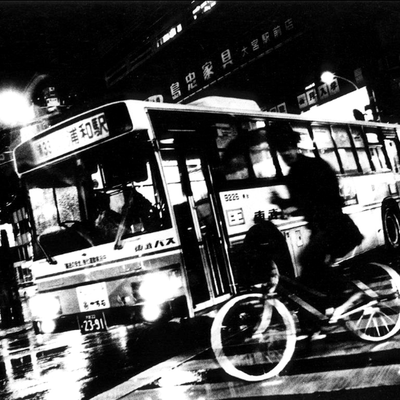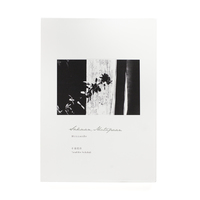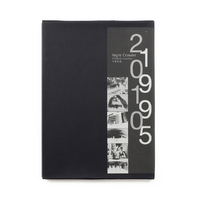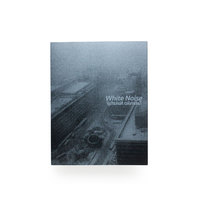中藤毅彦「HOKKAIDO: Sakuan, Matapaan」
As the opening up of the West and the Gold Rush was to America, as Siberia was for Russia, so was Hokkaido for Japan. A wild land, remote, unexplored and unexploited for millennia until the modern era.
Japanese incursion into this land, known originally as Ezo, was largely limited to the southern region around Hakodate. Hakodate itself was one of the few ports in Japan where foreigners were permitted to live during Japan's centuries of self-isolation. As a gateway for Western influence, Hakodate produced one of Japan's greatest photographers of the 19th Century in Kenzo Tamoto.
The indigenous people of Ezo called themselves Ainu, which simply meant human in their language, as opposed to the Kamuy of the spirit world. They were principally hunters and fishermen, hairy and tattooed. Like other early peoples they were animists, seeing Kamuy spirits in all living things.
The Meiji Era ended both Japan's isolation and the relatively benign neglect of Ezo. Exploitation began and the Ainu population was decimated and diluted by immigration from the Japanese mainland. It is still a relatively short time since Meiji and so traces remain of the Ainu, in place names, in sparse communities, a few speakers of the language and some of the oral traditions that have been recorded.
One would expect that this difference from the mainland, the remoteness of the place and traces of the ancient culture would draw photographers from the Japanese mainland. But the only name that comes readily to mind is Daido Moriyama. He visited during a dark period in his life in the 1970s and produced infernal work that was published much later under the titles “Hokkaido” and “Northern”. Most other photography from the North of Japan has been in Tohoku, which represented the northern extremity of Japan before the Meiji Era.
Takehiko Nakafuji also made his way to Hokkaido. He made a point of not looking at his teacher Moriyama's work. Rather he was inspired by childhood memories. His father was one of those multitudes of Japanese men sent by their companies to work far from home. The childhood visits to this strange land which were also the rare occasions on which he would meet his father, undoubtedly had a profound impact on the boy. Hokkaido was a place of discovery, of natural wonder, but most of all, a place where he could know his father's love, for a short but terribly precious time.
Hokkaido winters are severe, and the summers verdant. To reflect the extremes of season, this work is presented in two volumes: The Ainu words “Sakuan” and “Matapaan” have been chosen as titles of the respective volumes, meaning “Summer will come” and “Winter will come”.
The photographs in high contrast black and white are recognizably from the tradition of Japanese photography. Nakafuji's predecessor Moriyama made a brutal vision of a feral frontier land in “Hokkaido” while wrestling with his personal demons in the 1970s. In contrast, Nakafuji's photographs of Hokkaido seem to me hopeful and expansive. It is in his photographs of the megalopolis of Tokyo that Nakafuji's work reveals alienation. In “Sakuan, Matapaan” the roads, the railways, the sea, the streets of the towns lead to another place, where the search continues for attachment, for that elusive love.
ーMark Pearson (Zen Foto Gallery)
-
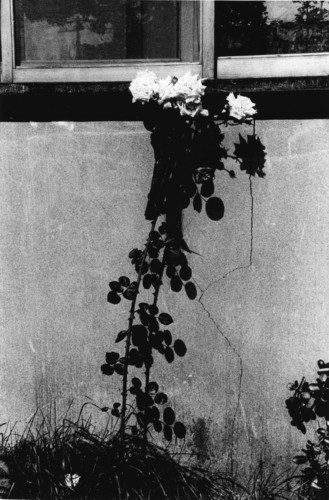 HOKKAIDO: Sakuan, Matapaan © Takehiko Nakafuji
HOKKAIDO: Sakuan, Matapaan © Takehiko Nakafuji -
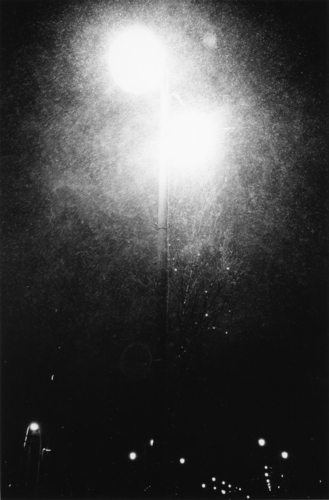 HOKKAIDO: Sakuan, Matapaan © Takehiko Nakafuji
HOKKAIDO: Sakuan, Matapaan © Takehiko Nakafuji -
